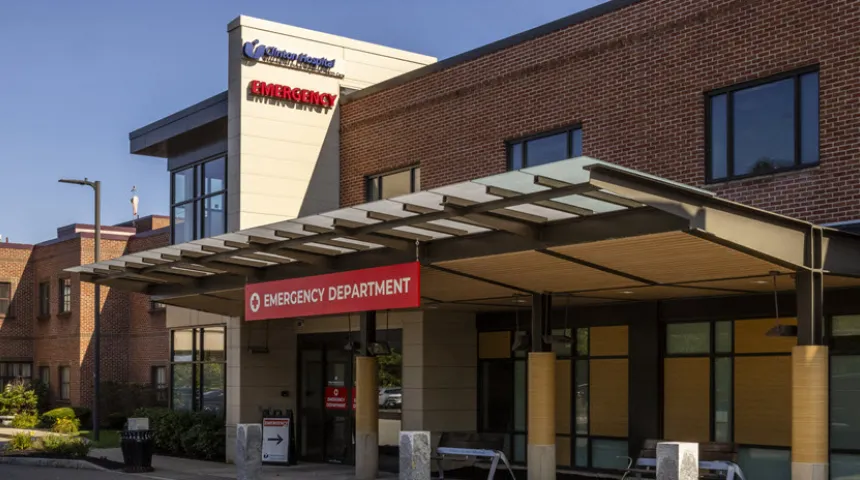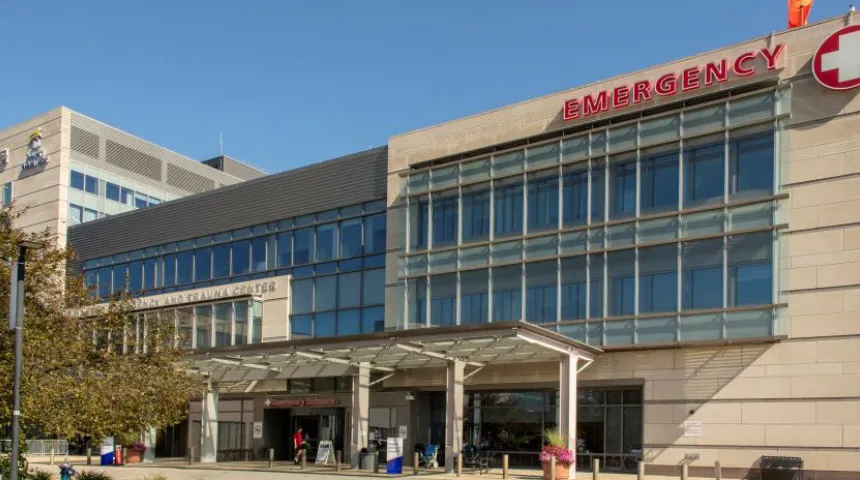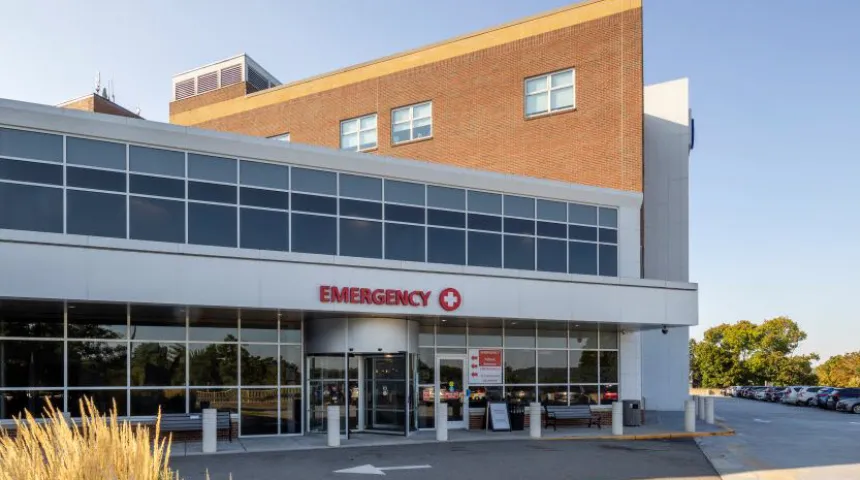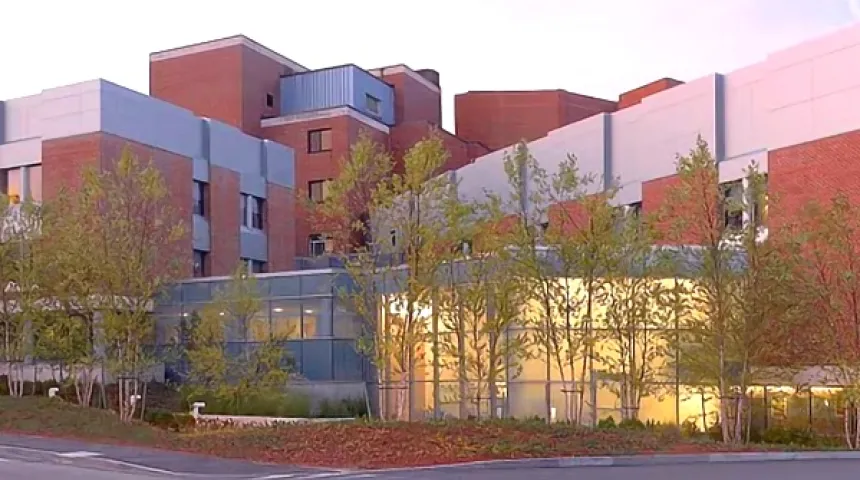What to Expect in the Emergency Department
Find out more about what to expect in our emergency department, including our six-step process for accessing care.
Our Emergency Departments

HealthAlliance-Clinton Hospital - Clinton Campus Emergency Department
201 Highland Street,
Clinton, MA 01510

Harrington Hospital - Webster Campus Emergency Department
340 Thompson Road,
Webster, MA 01570

PediPlace Pediatric Emergency Room
55 Lake Avenue North,
PediPlace,
Worcester, MA 01655

UMass Memorial Medical Center - University Campus Emergency Department
55 Lake Avenue North,
Worcester, MA 01655

HealthAlliance-Clinton Hospital - Leominster Campus Emergency Department
60 Hospital Road,
Leominster, MA 01453

Milford Regional Medical Center Emergency Department
14 Prospect Street,
Milford, MA 01757
Get Care for any Emergency or Urgent Medical Issue
If you or a loved one experiences a life-threatening issue, call 911 or go to the emergency department immediately. For mental health emergencies, call 988. For less serious issues, contact your primary care provider at 855-UMASS-MD (855-862-7763) during business hours. Services are also available in urgent care clinics, some of which are open evenings and weekends.
